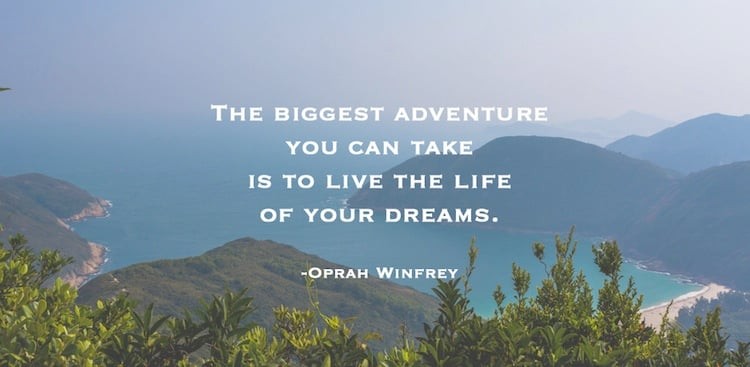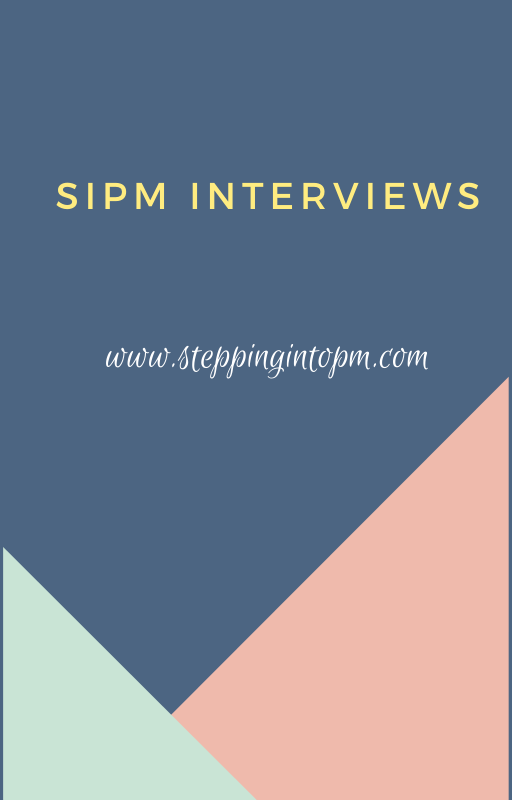Agile is one of the most-discussed subjects in any process domain.
With commercialization and certification now so easily available to many, the approach has become easier to learn and implement, and with that has come the liability of seeing it as only a set of rules and practices. The "individual" who was the center of the process has now taken a back seat among the fancy tools and apps. Among many, Agile has become only a term.
As an Agile coach working with multiple teams and organizations, I have always felt that miracles are expected just because you gather together for 15 minutes. We look for data and stats and obsessively check tools. We have made the tool bigger than the process. Rarely does anyone talk about the human factor in Agile. No one wants to take the time to make the connections; we only want the productivity increased.
Have you ever noticed how you work your best? Let’s take a blind guess — maybe you like the freedom in the way you work, the human connection with your peers, and an understanding manager or mentor. No matter which process you are part of, doing your best work shouldn’t change.
If you are still old school like me and prefer the human connection, here are three ways to bring it back.
Storytelling
Don’t approach an Agile transformation with hard-set rules and terminologies. Instead, take the time to explain why, as a team or organization, you are going for it, what benefits you are hoping for, and the challenges that will be encountered. Tell the story of failures, recall the successes you have seen, how you have mentored or coached other teams, and the fact that every transformation is unique and should be treated as such.
Hear their stories, too; try to create a story card. Divide a paper in four quadrants and create your guided storytelling pattern. I have seen that when given a structure to tell a story — based on a question or an activity — people respond better, and it opens up a real conversation rather than just encouraging free-flowing conversation.
You can choose any of the following to create your story card for the teams and then talk one-on-one to understand them:
- Myers-Briggs Type Indicator score (personality type): Try the free online assessment. This is just for fun and provides some insight into the person. Even if people disagree with the results, they will talk about why it doesn’t match up.
- Moving Motivators: I find it interesting to see the most- and least-favorite motivators; it's usually an eye-opener. Asking the right question along with this assessment helps form some perspective you will need as a coach or manager to work with each individual. You can find the game at the Management 3.0 website.
- Who you are: That 30-second elevator speech is rather difficult when you take out of the equation their job title or technical domain expertise. People really must think about who they are, and that’s what you want.
- The improvement you would like to see in your team/process: Depending on their comfort level, people will talk. Trust me on this; you will get more information here than from looking at the trends in your team's velocity.
Mind Mapping
Sometimes we think better when articulating clearly, and the train of thought is easier to chase when we can come back to it.
Mind mapping is a wonderful tool that can be used in various scenarios to get to know a person and to explain the process, and it can even be used in retrospectives. The transformation doesn’t need to be done in the same way everywhere. Learn about others and who you are working with, and bring new techniques to work that bring out the personal point of view and perspective.
Visualization
Reactions will always change more when people see something than when they are told something over and over again. Instead of telling teams that they are full of flaws and that productivity and velocity have to increase, try value stream mapping with the team. Let the team draw with colored pens and crayons and have some fun. Then let them see where they have been lagging. When realizations come from within, changes are easier.

The bottom line from all of the above is that we are trying to keep the uniqueness of an individual and not trying to assume that everyone is the same. Data matters; however, you won’t know the authenticity of the data if the team is always gaming it up to protect themselves from you.
Yes, we are busy — always busy moving from one meeting to another. But not even for a second do we think that the human connection is replaceable with a process or data. When we showcase the human within us and try to understand the other person, it makes the transformation and the assumed role much more fulfilling for all.
This article was originally published in Scrum Alliance
(Pic courtesy: Google Images)





















